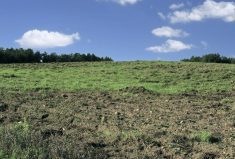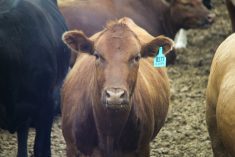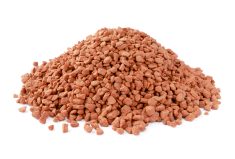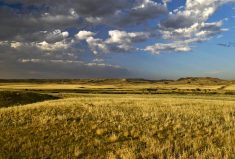“Manitobans are willing to pay $294 per household over a five-year period for wetlands, according to the survey results. If 100 per cent of wetlands are restored in the province, the public is willing to pay $358 per household over five years. This is even after those polled were told this money would come out of their own pockets.”
– PETER BOXALL, UNIVERSITY OF ALBERTA
The public wants the provincial government to do a better job of looking after wetlands, a survey has found.
What’s more, we’re willing to pick up the tab, even if it means almost $1,500 per household paid out over five years.
Read Also
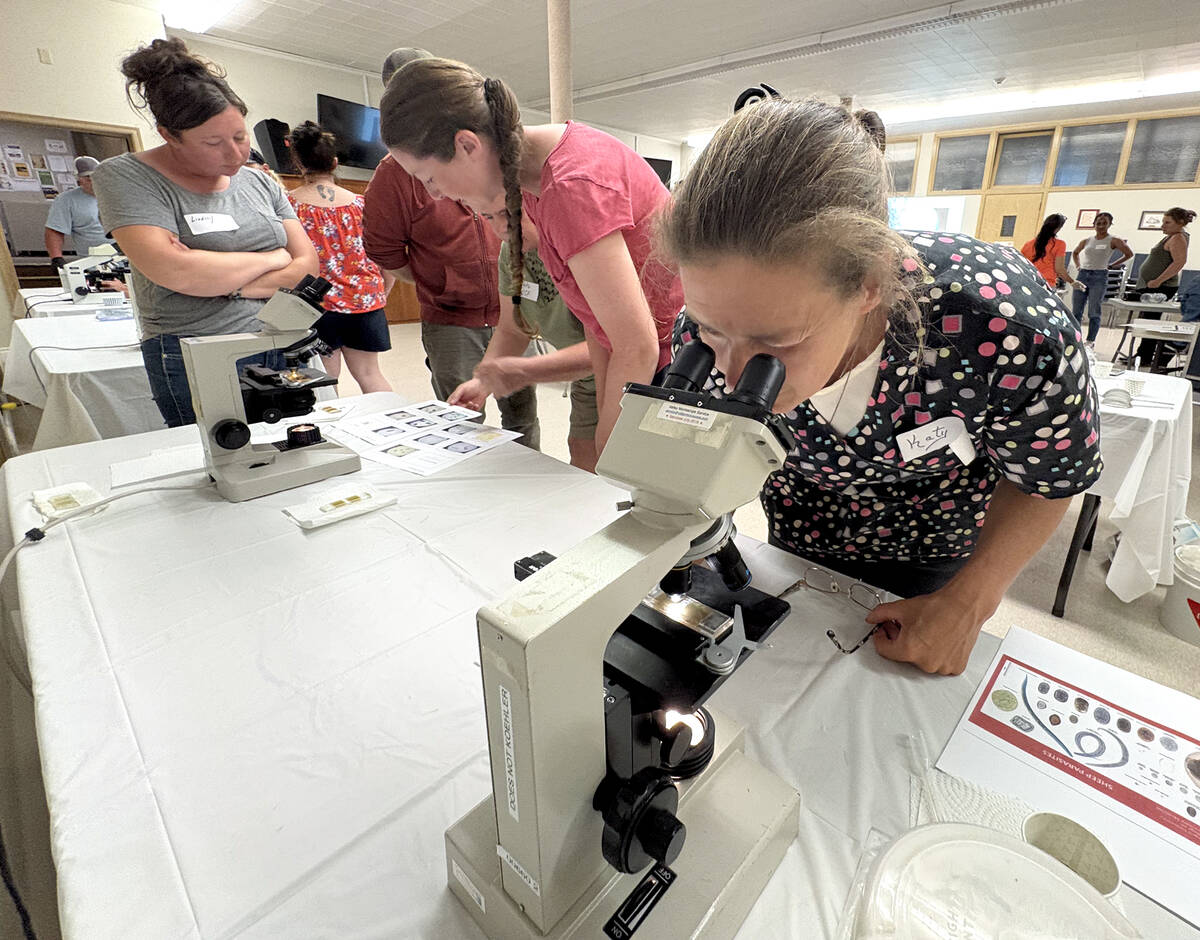
Smart deworming for sheep starts with individual fecal egg counts
Fecal egg count tests are one step to managing dewormer resistance and managing sheep parasites on Canadian sheep farms to maintain flock health.
In January of last year, 2,000 Manitobans were surveyed in an Ipsos Reid poll commissioned by Ducks Unlimited Canada (DUC) and the University of Alberta aimed at gauging the public’s receptiveness to an ecological goods and services program (EGS) in the province.
Almost 90 per cent of respondents expressed some level of concern about the issue of wetland loss in Manitoba. Many felt that the government should pay the largest por tion of wetland restoration costs, but that landowners and conservation groups should share some of the financial burden, the survey found.
Shane Gabor, a biologist with DUC, said that it shows the magnitude of support from the public for halting the loss of water quality and natural capital when wetlands are drained or degraded.
“DUC’s science supports the need for an EGS program that provides financial incentives to landowners to conserve wetlands on their land,” he said.
“This sur vey conf i rms that as they learn more about wetland conservation, Manitobans are concerned with their loss and want the government to show leadership by investing in the conservation of wetlands in Manitoba.”
CITIZENS CONCERNED
Peter Boxall, with the Department of Rural Economy at the University of Alberta, noted that the public was not as familiar with the issues surrounding wetland loss in comparison to other environmental issues.
“This is attributed to the significant media coverage of water pollution in Lake Winnipeg and the current hot topic of climate change,” he said.
“What the public doesn’t realize is that wetland drainage contributes to Lake Winnipeg’s problems.”
Water quality was the most important reason cited by those who favour the implementation of an EGS program, he added, noting that the role of wetlands goes far beyond the purification of water to include air quality, carbon sequestration, biodiversity, groundwater recharge and flood and erosion control.
“There is significant support for wetland conservation in Manitoba,” Boxall said, adding that the willingness to pay for wetlands is higher than other studies he has done recently concerning environmental services, possibly because their value is perceived to be higher in the public eye.
“Manitobans are willing to pay $294 per household over a five-year period for wetlands, according to the survey results. If 100 per cent of wetlands are restored in the province, the public is willing to pay $358 per household over five years. This is even after those polled were told this money would come out of their own pockets.”
WILLING TO PAY
Brian Sterling, a Manitoba Cattle Producers Association director from Tilston, who is a strong proponent of an EGS program, said that the results of the survey were “very interesting” and could help the public see the livestock industry in a different light.
“We’ve always thought that there was a willingness to pay if you could prove what the best management practices would do for you and for society,” he said.
“The livestock industry has no interest in draining and cropping wetlands. In fact, we have a lot of interest in maintaining them. We love our wetlands because it’s our backup in case we don’t get rain.”
The MCPA, along with other producer organizations, university researchers and the federal and provincial governments are currently working on a wide-ranging three-year study at a cost of $500,000 to gather quantifiable data on the multifunctional land use value of forages and a holistic picture of the carbon life cycle of cow-calf operations.
He noted that the cow, as a methane-belching ruminant, is widely blamed for contributing to global climate change of up to two tonnes of carbon-equivalent emissions a year.
WHOLE SYSTEMS APPROACH
But that’s because in purely academic studies, the animal is considered outside of the context of her role as an important food production unit that occupies a niche in a healthy, sustainable Prairie ecosystem that offers a whole host of environmental benefits, including wetland preservation.
“If you do a life cycle analysis, that old cow is responsible for probably 20 to 30 tonnes of offsets,” he said. “The big question that we would like to have scientific proof of is how much wetland is there because of the livestock industry.”
In the Tilston area, where drought tends to be the rule rather than the exception, Sterling has had first-hand experience with wetland restoration.
Figuring his cattle operation would benefit from faster aquifer recharge, a few years ago he experimented with live trapping beavers and releasing them on a shallow creek that winds through his property in the hope that they’d build a dam as a hedge against drought years.
“Those God damned beavers, they brought in friends. If they’d have stayed at two to three pairs, I’d have been away. Then they started knocking down acres of friggin’ trees,” he said with a laugh.
The beavers did build a dam, but in the wrong place. Eventually, DUC came in and built a small dam to hold back the water. Now, the beaver population has stabilized at a comfortable level.
He then planted some corn to try to bring in migrating geese – which it did in spades.
“We’ve got literally hundreds of geese nesting here now. It was really too successful. We don’t need that many.” [email protected]






